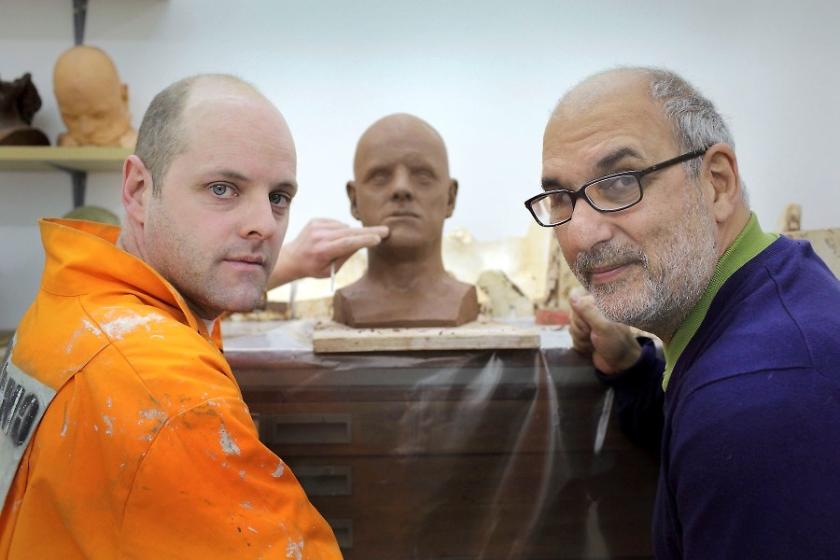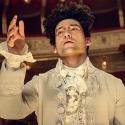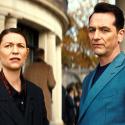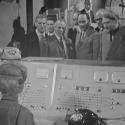It took Picasso four years to learn to paint like Raphael, but it took him a lifetime to paint like a child, or so he said. For Brancusi it wasn‘t a case of relearning childhood, but of being careful not to lose it in the first place. “When we are no longer children we are already dead,” he said. A little further down the food chain of contemporary art, Grayson Perry, the delightful transvestite potter who accepted his Turner Prize award as alter-ego Claire (because he likes to feel the prickle of humiliation when he’s dressed like Milly-Molly-Mandy in a crowd), evokes the spirit of Alan Measles. Measles, Perry’s long-suffering but indestructible teddy, spent much of Perry’s childhood involved in death-defying collisions (Perry liked to play "car crash"). He’s a bit moth-eaten now, but both Measles and Perry managed to survive a pretty rough start in life.
By testing the limits of his furry friend’s durability Perry was of course doing what all kids do. He was just playing. But as psychoanalyst Adam Phillips reminds us, play is a serious business. So serious, in fact, that it’s often a fight for survival. And so what Perry was actually doing was investing Measles with super-duper powers of survival, precisely to ensure his own. And by doing that he was, in effect, creating magic.
So do artists do something similar when they create art? Do they create a bit of magic through play? And do they have to revert to the condition of childhood in order to do so? Or are artists simply always just big kids at heart - not just when they play, but when they eat, when they sleep, when they shower? For we know that play alone doesn’t create art – if it did we’d all be artists, and whatever Joseph Beuys said, we’re not. But if play isn't a sufficient condition for creation, it might at least be a necessary one.
Alan Yentob, who spends so much of his time in the Imagine slot doing noddies to camera that you actually start to imagine that his head might come loose and drop off, went in search of some answers. He wanted to really dig deep to get to the root of creativity, so he asked around. And the people he turned to – apart from the erudite Phillips and the amusing, self-aware Perry – was a handful of YBA artists. Did they have any answers?
Well, no, not really, or none that got to the nitty-gritty heart of the matter. They’re just big kids, after all. But they all agreed that play was important, though Marc Quinn preferred to call it daydreaming. And Tracey Emin agreed that trauma could be overcome through play, and that sometimes trauma could be turned into good art – but it was as if the two notions were running parallel to each other and she couldn’t really make the connections.
And I can’t quite remember whether Gavin Turk said anything of note (no, probably not) but he did offer his clay head for Yentob to play with. And Yentob dutifully, and rather bashfully, pushed the mouth in a bit, made a protruding chin, and dug his thumbs deep into the eye sockets. The problem was, he was clearly a little too self-conscious to be truly playing, and the transformed head really didn’t amount to much. Perhaps he needs more dedication to the art of play. Or perhaps he just needs talent.















Add comment